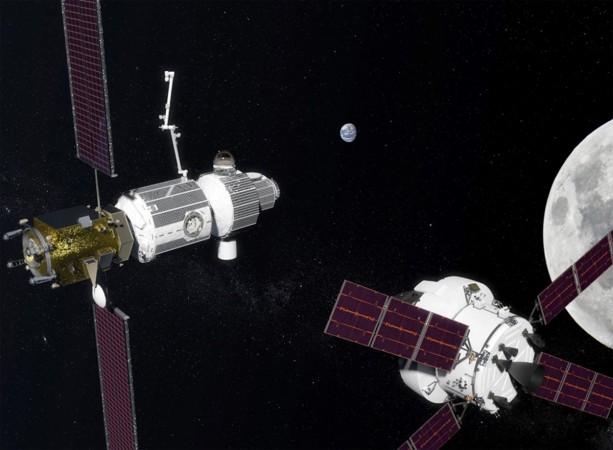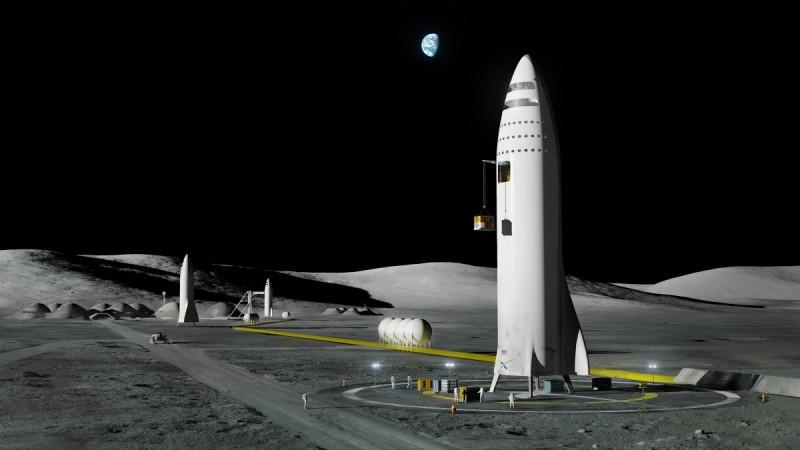
NASA is serious about getting humans to deep space. Be it space exploration, getting people to Mars, or opening up the space mining industry, there are ambitious plans in the works already. One such plan is the space station in the vicinity of the Moon. The idea is that the Lunar Orbital Platform-Gateway (LOP-G) will serve as a stop by for astronauts to get to deep space, like a junction between Earth and the rest of the universe.
The plan was set in motion for about a year now, but details like how big it will be, who will be stationed there and where exactly the Platform be placed, so far have been scant. There was even talk of partnering with the Russians in this project. According to a report put out by Space.com, NASA officials have said that the station would extend humanity's footprint further deep into space.
NASA has revealed a few more details on the Platform, notes the report, namely how it will be built, how big it will be, and how many crew members will be stationed there.
On the construction of the station, NASA has reportedly said that it will be launched using a yet-to-be-built SLS, or Space Launch System, currently under development by Boeing. The first piece that will be carried to space will be the Power and Propulsion Element (PPE). This one piece, weighing about 55 tonnes, is scheduled to be launched by 2022. Crew capsules, robotic arms, and other essentials will be sent in "in short order" notes the report.

The LOP-G should be ready to take human crew for extended periods of stay by the mid-2020s, says NASA. However, the envisioned Platform is unlikely to be as big or as roomy as the International Space Station (ISS) currently in orbit. The ISS weighs about 400 tonnes and is as big as a football ground, notes the report. There has been a near constant crew of at least six astronauts at the ISS since November 2000, and has a habitable volume of nearly 388 cubic metres. The LOP-G will have a mere 55 cubic metres of habitable space, and in here, four crew members will have to live and work.
The ISS is only about 450 km from Earth, so frequent missions to and from it are possible, keeping the lab always manned, the LOP-G would be far off, near the Moon, so the report says that it would be uninhabited for most part of the year with short missions, each lasting 30 to 90 days maximum. Other space agencies would also be welcome to making use of the facilities, says NASA.
















